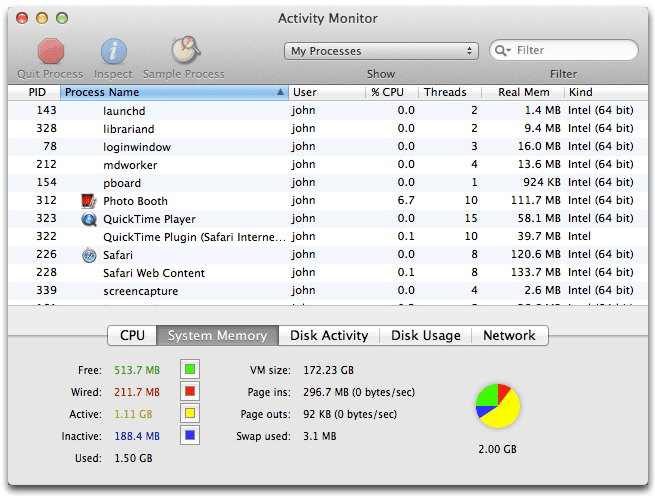

Even if the computer doesn’t feel particularly slow, it will almost certainly feel faster turning off the transparency effects. Simply turning off transparency effects singlehandedly speeds up every single Mac I’ve encountered running Mac OS X Yosemite or later, whether the hardware is new or old. Fortunately, there are some solutions which help, so let’s get to it. Hopefully the WindowServer CPU usage issue is simply a bug or optimization issue that will be addressed, but for the time being this behavior continues well into the latest versions of Mac OS (Mac OS X 10.10.3 onward) even on the newest of Mac hardware. We’re going to attempt to tame the WindowServer process by reducing elements and features that may be spurring WindowServer behavior (or misbehavior), a challenging task given that WindowServer is necessary to draw almost everything seen in Mac OS X. If WindowServer is frequently staying at spiking high CPU usage for seemingly no meaningful reason in some situations with macOS and Mac OS X this article is aimed at you.

At the worst, something like opening Quick Look, opening a few new Finder windows, or scrolling through a busy Finder folders contents leads to a surge in WindowServer processor usage that is high enough to cause a computer to freeze up or even the appearance of the much maligned beachball cursor.


 0 kommentar(er)
0 kommentar(er)
